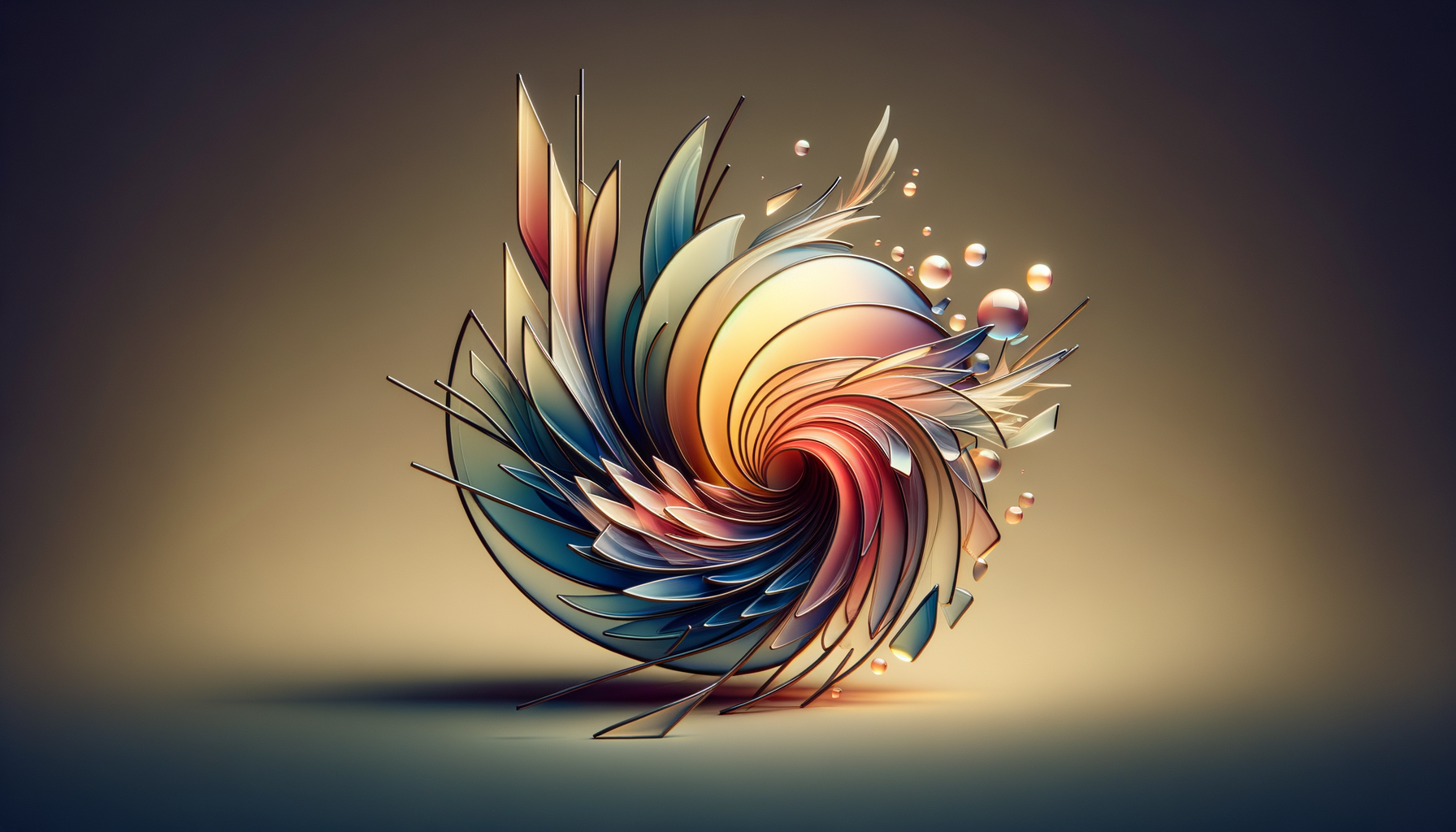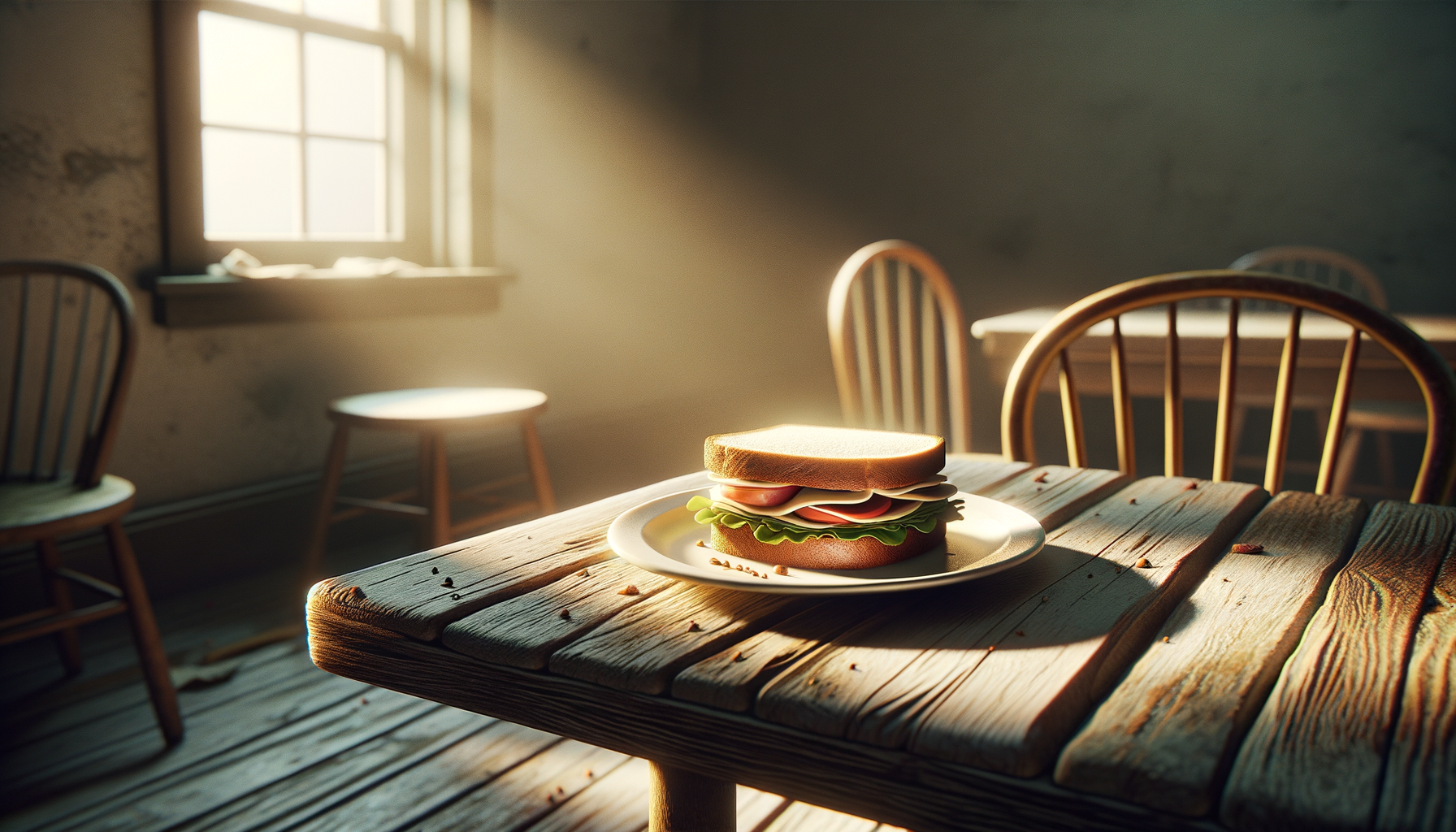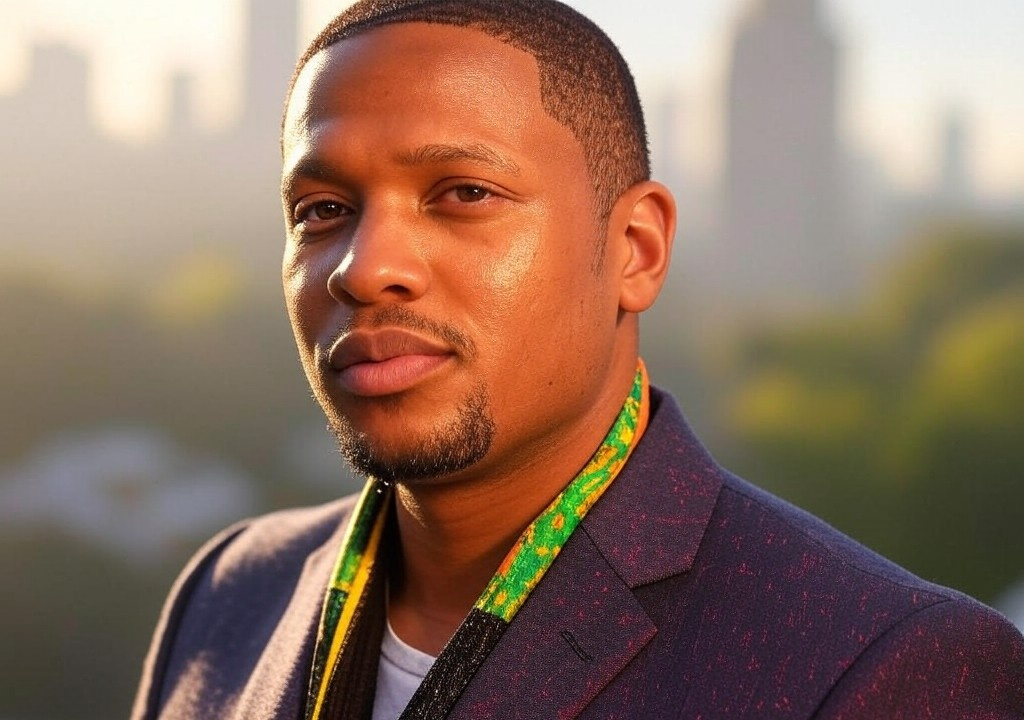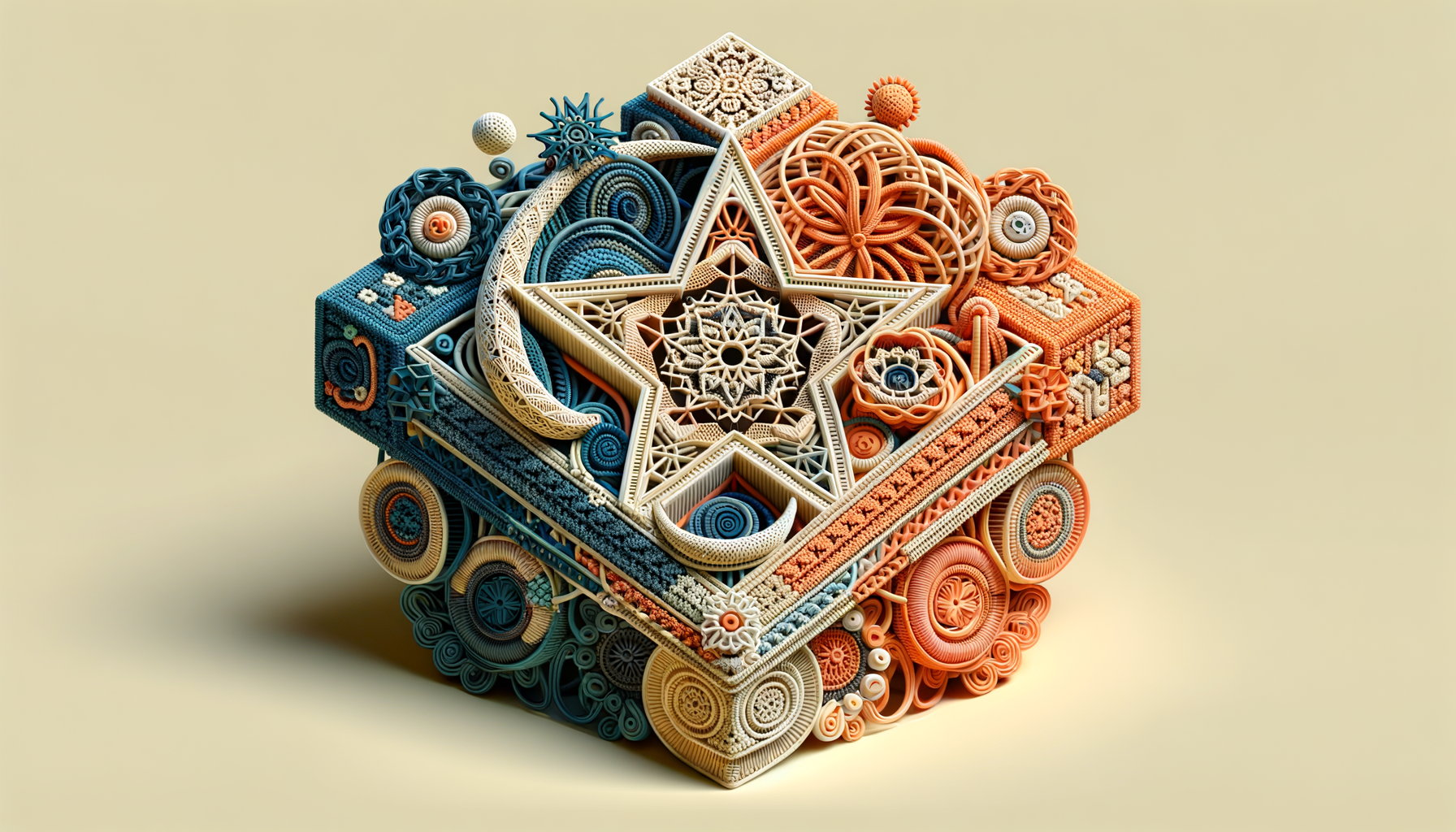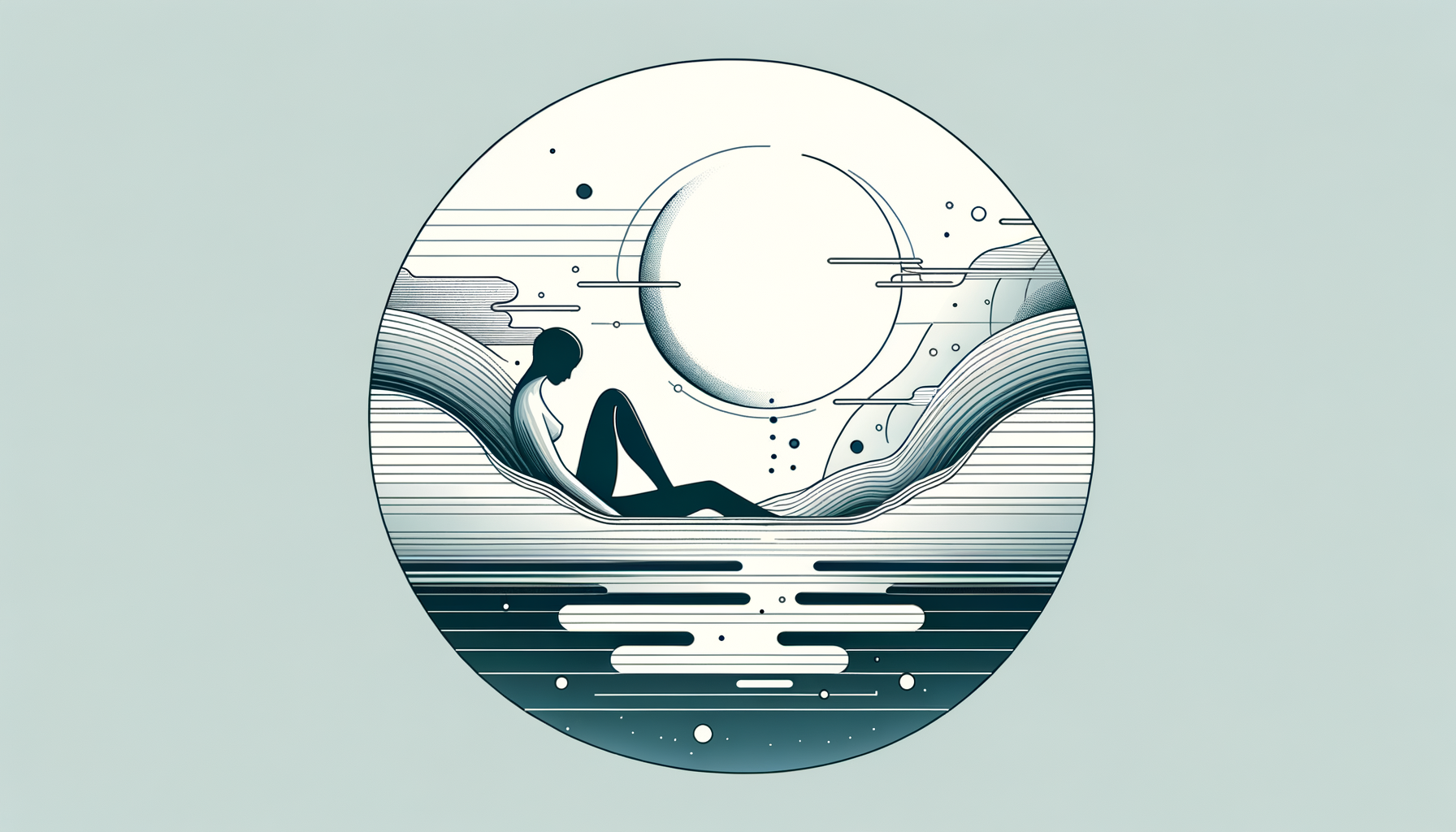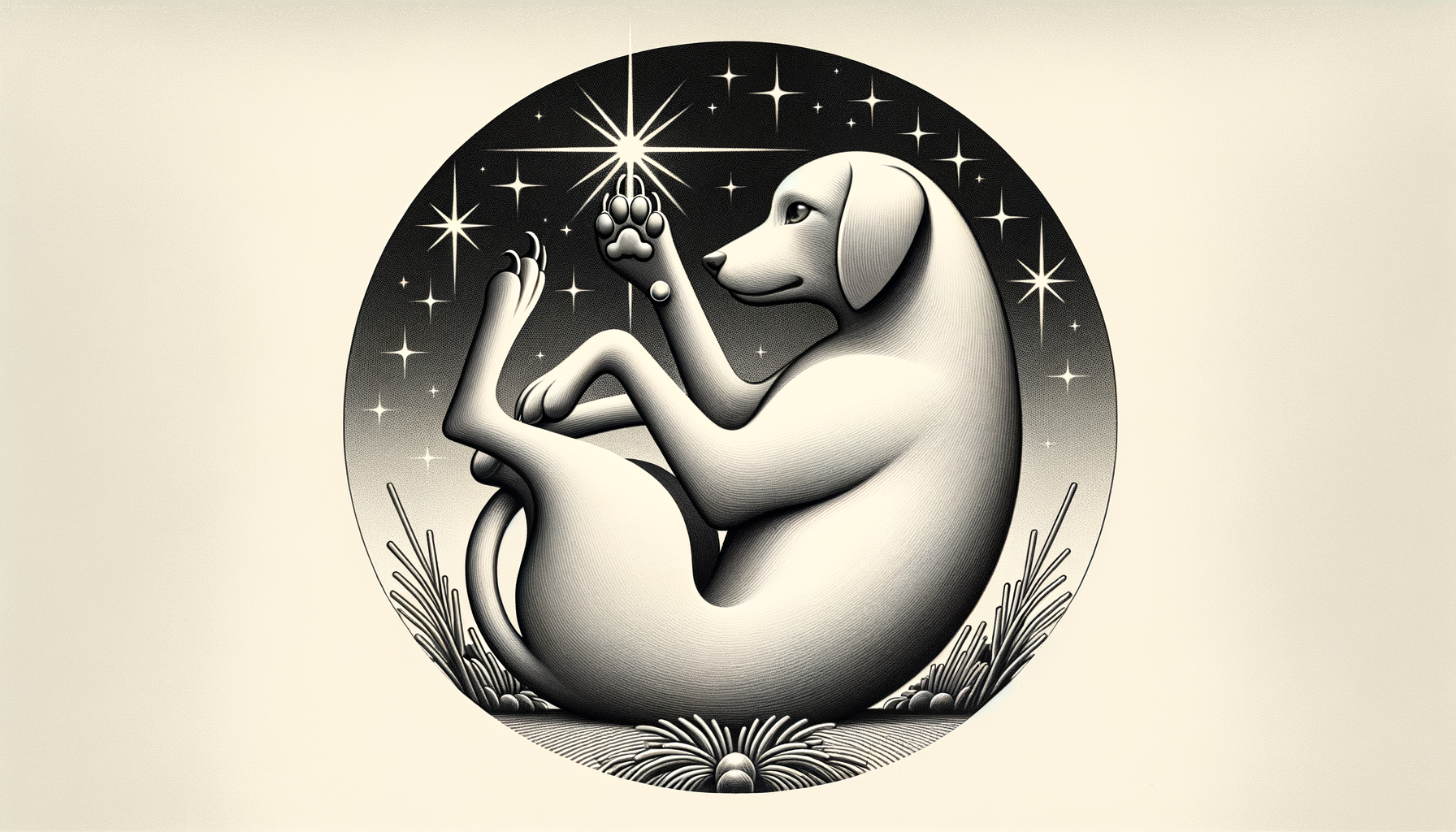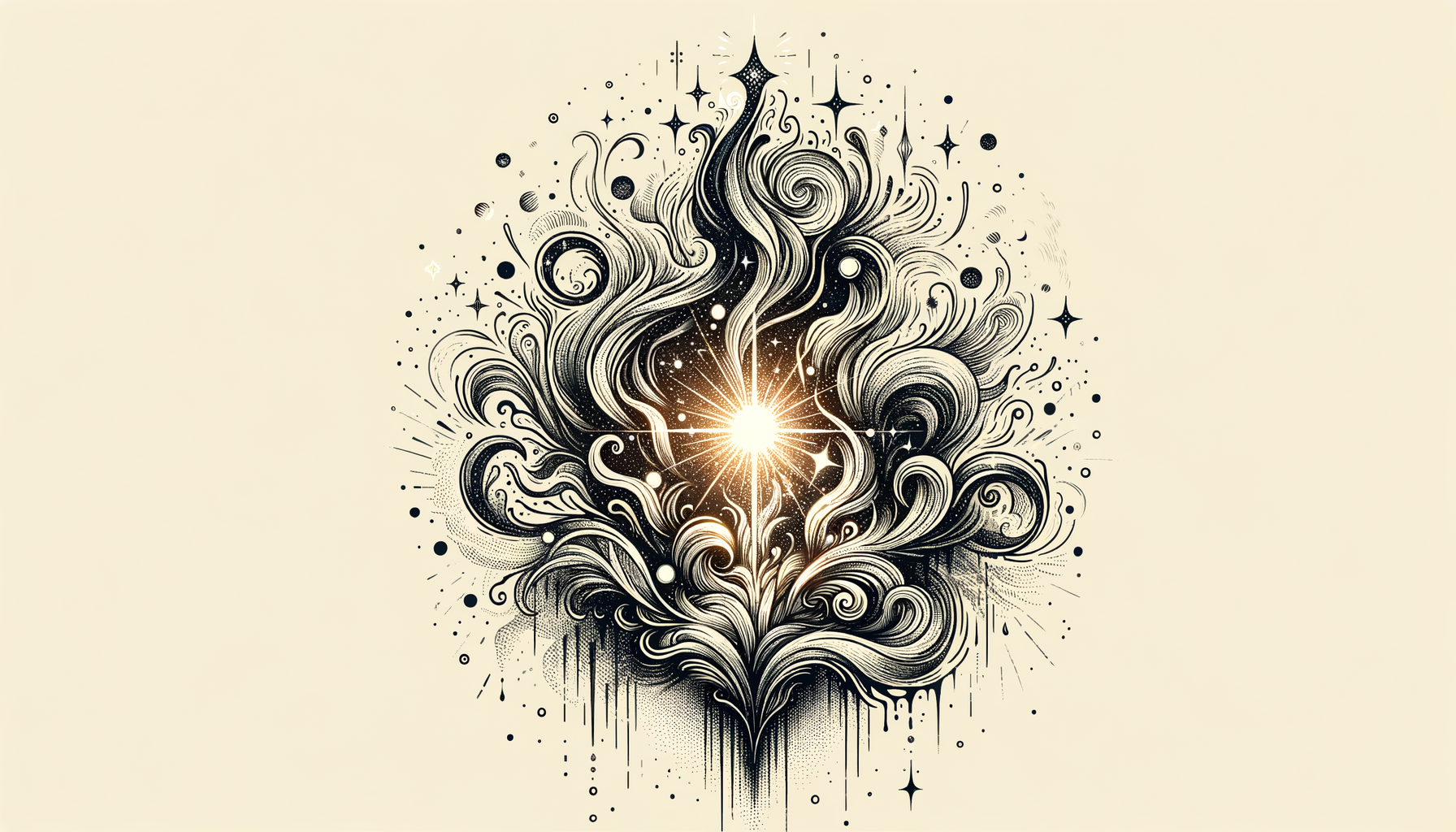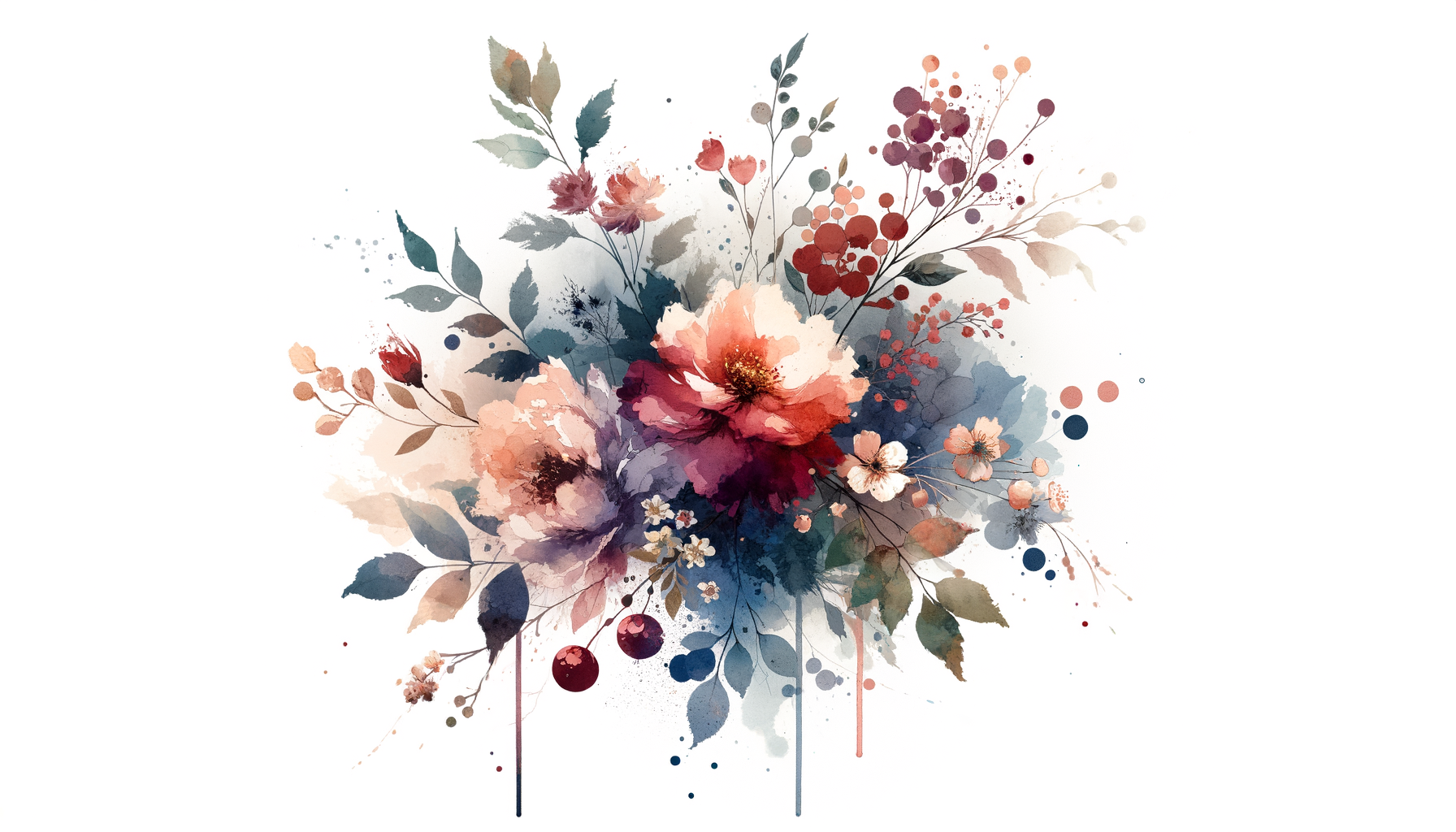When I tell people I once tried to learn pottery in high school, I usually just say, “It didn’t take.” What I don’t usually explain is that my “failed ceramicist arc,” as I jokingly call it, became the first time in my life I truly understood the weight of messing up. This was pre-social media humiliation—thankfully—but it hit just as hard. My ceramics teacher, Mr. Beckett, offered up zero-nonsense critique for all his students, but I’m convinced he had a special gift for making me feel like I was starring in my own Greek tragedy every time I stepped near the kiln.
I suppose I should clarify: I wasn’t just bad at pottery—I was legendary bad. My earliest attempt at throwing clay on a wheel resulted in something that looked like a soggy bagel mated with a top hat. Mr. Beckett looked at it, raised one eyebrow, and said, “I’m not sure what it is, but it has spirit.” Not exactly a rave review.
But the pièce de résistance of my ceramic career—and what cemented (pun intended) it as my first big failure—came about three weeks before the end-of-term art showcase. We had one job: create a final piece that reflected who we were on the inside. Where my classmates sculpted elegant vases or minimalistic coffee mugs, I ambitiously proclaimed that I was making a bowl inspired by the Gullah Geechee sweetgrass baskets I grew up admiring. It was bold, meaningful, a homage to my culture.
And it went disastrously wrong.
When You’re in The Mud, Literally
I spent weeks working on that bowl. I wanted it to be perfect—curving just so, earthy in color, balanced like those family heirlooms that seemed to carry weight beyond their physical form. But no amount of spinning, trimming, or refining seemed to get it right. The clay cracked; it slumped; sometimes it just gave up on me entirely and flung itself off the wheel like it had somewhere better to be. Even after all the technical issues, I pulled it together—barely—and placed it in the kiln.
The day we fired our projects, I was convinced everything would somehow magically align. This was my “Cinderella moment.” Except when we opened the kiln, a loud PANG echoed through the room. My bowl—a metaphor for my heart, my culture, my dreams—had exploded. Shards everywhere. It felt like the debris had embedded itself into my soul. Okay, that’s a little dramatic, but I was a teenager.
I cried for most of that afternoon, walking out of the studio clutching two jagged halves of what was supposed to be me. The failure was raw and humbling in a way that I can now—after years have numbed the sting—only describe as “what Adele albums are made of.”
Failure, But Make It Functional
At the time, I felt like my bowl’s explosive demise mirrored my life: a whole bunch of hard work gone to waste. I didn’t understand what you’re supposed to do when your grand vision goes up in proverbial (or literal) smoke. But looking back, I realize what failure taught me is probably even more important than succeeding ever could have been.
First, failure gives you no choice but to adapt. Here’s the thing about pottery shards: they’re sharp. I learned this very quickly in my attempts to salvage my poor bowl. But as I sat there staring at the pieces, I decided the bowl wasn’t finished. I re-imagined it as a mosaic—a patchwork of cracked pieces glued back together and accented with paint. Instead of trying to hide my missteps, I integrated them. It wasn’t what I had planned, but it was beautiful in its own unexpected way.
Call it pre-Kintsugi wisdom (though I didn’t know the term back then): failure forces you to pivot, to get creative, or to let perfectionism go. A hard lesson but a useful one.
Five Things My Sweetgrass Disaster Taught Me
- Perfection is a myth you’ll never catch: I wanted my ceramic bowl to rival sweetgrass baskets—intricate, flawless, woven with love. But that wasn’t realistic. Learning to appreciate imperfection has shaped how I approach challenges today.
- It’s okay to mourn your mess-ups: I let myself cry over that bowl because it felt personal. Grieving failure doesn’t make you weak; it clears the emotional clutter so you can find clarity.
- Creativity lives in the “oops” moments: Some of my most meaningful work—writing, relationships, even navigating tough conversations—has come from reimagining something that didn’t go to plan.
- Ask for help, but trust yourself: Mr. Beckett encouraged me as I turned the shards into something new. I leaned on his expertise but also trusted my own vision to complete the project.
- Failures connect us all: That bowl became a conversation starter at the art showcase. People loved it because they saw themselves in it—proof that imperfections unite us more than perfection ever could.
From Shards to Self-Discovery
At its core, my first big failure wasn’t really about pottery at all. It was about learning to face the hard truth that not everything you dream of will turn out okay. Sometimes the bowl explodes. Sometimes the relationship tanks. Sometimes you spill coffee on yourself before a big meeting—and no, the universe isn’t trying to ruin your life (no matter what it feels like in the moment).
Resilience grows in those moments when we have no choice but to grab the broken pieces and figure out what to make of them. That cracked and glued bowl might not have been my original vision, but it held my story. And instead of feeling like a symbol of embarrassment, it became proof that I could pivot, recover, and create something worth keeping.
I still think about that bowl sometimes, especially when I’m faced with challenges that make me doubt myself. It sits on a shelf in my living room now, a little wobbly in design but holding a small plant. It’s a reminder that, no matter how badly you feel like you’ve messed up, there’s always room to build something new.
So here’s my advice for anyone feeling the sting of a setback: Embrace the shards. Turn them into a mosaic. And when you’re ready, rinse the clay off your hands and try again. Who knows what you’ll build next?



